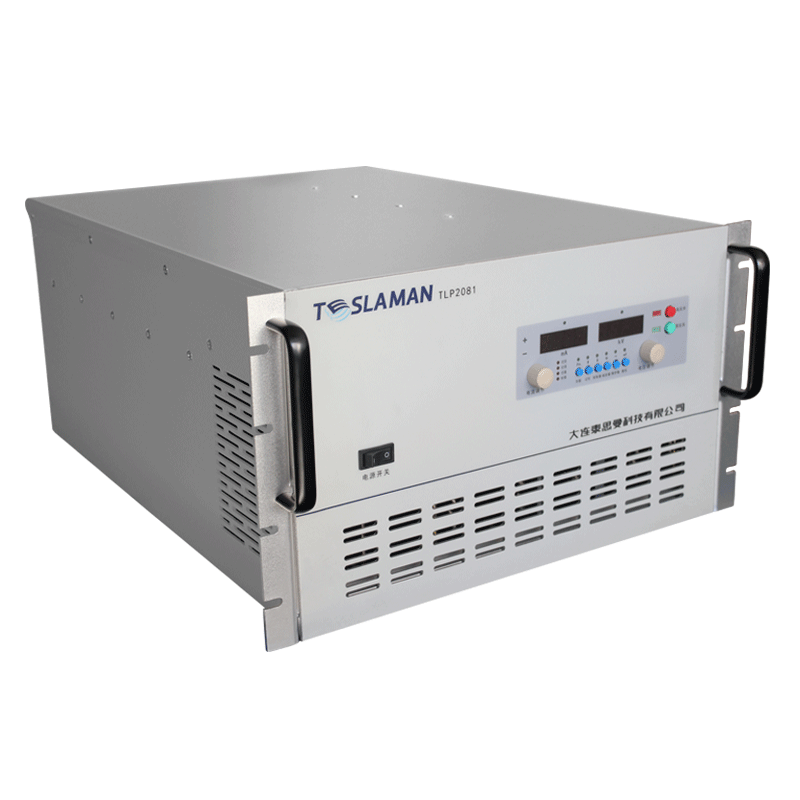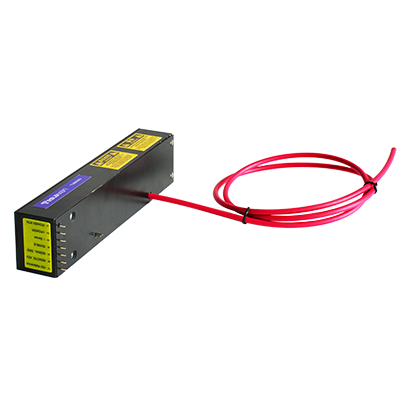Strategies for Improving Energy Efficiency Ratio of High-Voltage Power Supplies in Ion Implantation
Ion implantation technology is a core process in semiconductor manufacturing, where the energy efficiency ratio (EER) of high-voltage power supply systems directly impacts the energy consumption and cost-effectiveness of chip production. This article explores pathways to enhance the EER of high-voltage power supplies through material innovation, system control optimization, and thermal management.
1. Material and Structural Innovations
1. Grid Electrode Material Upgrades
Traditional molybdenum grids are susceptible to sputtering corrosion from high-energy ions, leading to efficiency degradation. High-entropy alloys (e.g., CoCrFeNiMn) or silicon carbide composites can reduce sputtering rates by over 40%, extending component lifespan beyond 30,000 hours. Atomic layer deposition (ALD) technology forms nano-scale alumina protective coatings to minimize ion bombardment losses.
2. Wide-Bandgap Semiconductor Applications
Silicon carbide (SiC) and gallium nitride (GaN) power devices offer high voltage tolerance and low on-resistance, reducing switching losses. SiC-based rectifier modules achieve efficiencies up to 96.5%, 3-5% higher than silicon-based devices.
3. Magnetic Confinement Optimization
Toroidal cusp magnetic fields deflect over 90% of ions by more than 15°, lowering ion flux density at grid apertures and minimizing energy loss. This technology extends power system lifespan projections to 50,000 hours.
2. System Control Optimization
1. Intelligent Sleep Mechanisms
Dynamically adjust active power modules based on load conditions. During light loads, algorithms idle redundant modules, reducing standby power below 4W—15% more efficient than conventional systems.
2. Dynamic Voltage-Frequency Scaling (DVFS)
Real-time adjustment of output voltage and frequency according to implantation requirements. For example, low-energy mode (1-50 keV) for shallow junctions and high-energy mode (>200 keV) for deep implants avoids unnecessary full-voltage operation.
3. Digital Twin Monitoring
Integrated multi-physics models simulate power states with under 5% error in predicting discharge chamber corrosion. Reinforcement learning algorithms optimize voltage-propellant flow parameters, increasing cumulative thrust by 22%.
3. Thermal Management and Topology Redesign
1. Advanced Cooling Technologies
Microchannel cooling with boron nitride ceramic heat sinks reduces local temperatures from 1500°C to below 600°C, mitigating efficiency decay from thermal stress. Single-phase immersion cooling improves heat dissipation by 50% compared to air cooling.
2. Circuit Topology Simplification
Consolidating power distribution links via 4-in-1 technology reduces rectification stages from five to two (three-phase uncontrolled rectification + voltage regulation), cutting redundant components by 66% and achieving system efficiency of 97.5%.
Conclusion and Outlook
Enhancing the EER of high-voltage power supplies requires multi-technology synergy: anti-sputtering materials and wide-bandgap devices for hardware; intelligent algorithms for dynamic control; and thermal management with topology simplification for system-level losses. Future integration of high-entropy alloy coatings and quantum computing control models may break the 98% efficiency barrier, supporting sustainable energy solutions for sub-3nm processes.




















